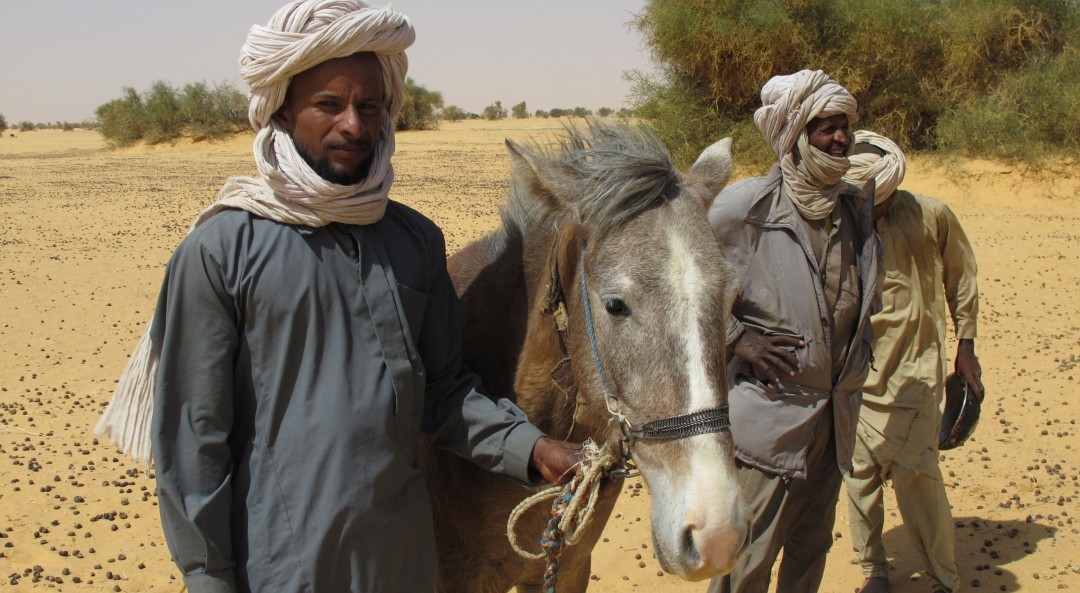Humanitarian assistance in remote areas of Niger
The project led by the Sahara Conservation Fund (SCF) aims to provide humanitarian assistance to pastoral communities living in remote areas of Niger. The three-year project will implement healthcare missions at timed that coincide with periods conducive to epidemics. More specifically the missions will provide first-aid and vaccinations to pastoral populations inhabiting remote and isolated areas of the country, in particular those furthest from rural dispensaries. Sensitisation on important hygiene and sanitary practices is also included in the project. In each village, SCF staff will take the time to discuss the status and conservation of the local biodiversity with beneficiaries. Topics covered include the fight against poaching, illegal logging and the conservation of species.
The Sahara Conservation Fund is an International NGO registered in the USA and Europe. It aims to conserve the wildlife, habitats and other natural resources of the Sahara and its bordering Sahelian grasslands.
News
Four new projects approved in March 2021
1 June 2021
The Addax and Oryx Foundation granted funding for four new projects at its March Board meeting.Healthcare in remote areas of Niger
23 February 2023
During the second year of the project, the Sahara Conservation Fund (SCF) has taken the lead in linking health services to its efforts to safeguard both the wildlife and the people sharing the places where it works.

Niger
Population
24.2 million (2020)
Per Capita Income
USD1,230/year (2020)
Poverty rate *
42% (2021)
Literacy rate
35% (2018)
Human Development Index
189th out of 189 countries
Niger is one of the poorest countries in the world. It is prone to political instability and exogenous shocks, notably droughts which cause chronic food insecurity. It has one of the fastest growing populations in the world with a 3.9% yearly growth rate. Over the past twenty years, Niger’s social indicators have improved significantly. Gross primary school enrolment has increased from 40 % in 2003 to 74% in 2017. Secondary school enrolment remains extremely low at 21%, among the three lowest in the world. Although the mortality rate for children under five has decreased, it remains extremely high at 91 per 1,000 in 2016. HIV/AIDS prevalence has remained stable at 0.4%, one of the lowest in sub-Saharan Africa.
Sources: World Food Program, UNICEF, World Bank, 2016 Human Development Report, Human Development Indices and Indicators (2018 Statistical Update)
*The percentage of the population living below the national poverty line.